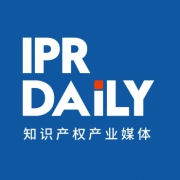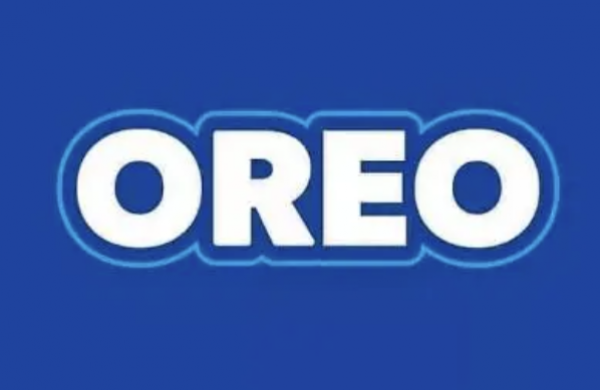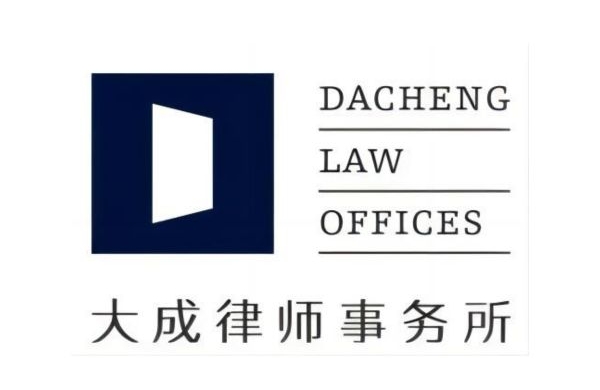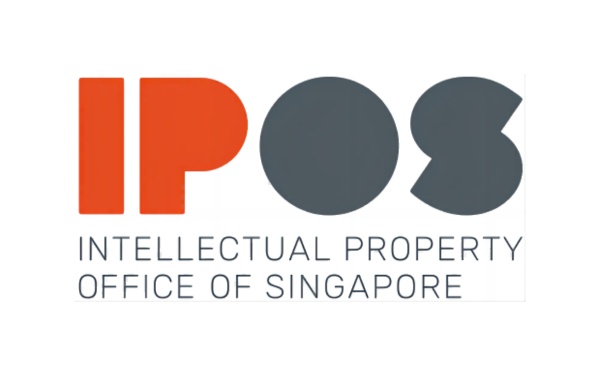Did not receive verification mail? Please confirm whether the mailbox is correct or not Re send mail

IPR Daily
- 2022-12-05 10:54:47
Factors to Be Considered When Determining The Contribution Rate of A Patent in China-Part 1
Please be noted that this article is the first part of the report, the second part could be seen here.
According to the current legal practice in the civil litigations regarding patent infringement, when the court decided to calculate the infringement compensation based on the infringers' illegal interest incurred from the patent infringement (without thinking about the factors relevant to the punitive compensation), the formula, compensation = sales amount * interest rate * contribution rate of the patent, is a general consensus among the IP industry. However, it is always a key point to determine the specific contribution rate of a patent in different cases. The author reviewed partial judicial judgments over the past 5 years in China, and noticed that the courts would mention "considering the contribution rate of the asserted patent" in most of the patent infringement cases, but only in very rare judgments, the court made detailed analysis and even determined the specific number of contribution rate of the patent. This article is trying to conclude the factors to be considered when determining the contribution rate of a patent after studied the relevant judicial explanations/policies and the cases.
I. Judicial Explanations/Policies Relevant to Patent Contribution Rate
1. Guidance on Several Issues Concerning the Determination of the Amount of Compensation for Intellectual Property Infringement issued by Chongqing High People's Court (July 1, 2007)
Articles 7, 8 and 9.
2. Judicial Explanations on Several Issues Concerning the Application of Law in the Trial of Patent Infringement Dispute Cases issued by the Supreme People's Court (Fa Shi 2009 No. 21 )
Article 16.
3. Speeches made by Tao Kaiyuan, Vice President of the Supreme People's Court in July 2014 and June 2016.
4. Opinions of the Supreme People's Court on Comprehensively Strengthening the Judicial Protection of Intellectual Property Rights
Article 2.
5. Guidance on Determining Compensation and Statutory Damages in Intellectual Property Infringement and Unfair-competition Cases issued by Beijing High People’s Court on April 23, 2020
Article 1.7.
6. Shenzhen City Intermediate People’s Court Guidance on Application of Punitive Compensation in Intellectual Property Cases (Probationary Edition) (December 2020)
Article 14.
7. Shandong High People's Court Guidelines on Application of Punitive Compensation in Intellectual Property Infringement Civil Cases (April 21, 2022)
Article 15.
8. Beijing High People's Court Guidelines on the Application of Punitive Damages in the Trial of Intellectual Property Infringement Civil Cases (April 25, 2022)
Article 3.11 and 3.12.
II. Relevant Cases involve Patent Contribution Rate
Case 1: Wuxi Guowei Ceramic Electrical Appliance Co., Ltd., Jiang Guoping v. Changshu City Linzhi Electrothermal Device Co., Ltd., Suning Yigou Group Co., Ltd. regarding utility model patent infringement (2018 Zui Gao Fa Min Zai No. 111 Case)
In this case, the court decides that the asserted patent plays an important role in attracting market for Linzhi Company's PTC heater. Considering that the technical features with beneficial effects of Claim 2 is mainly reflected in the semicircular groove structure formed on the left and right sides of the heat conducting aluminum tube after pressing, while the PTC heaters also have other parts, it is not appropriate to attribute all interest of the infringing products to the asserted patent. Under the situation that Linzhi Company refused to attend the hearing of this case without valid reasons, this court decides that the contribution rate of the asserted patent to the interest of Linzhi Company's infringing products is 50%.
Case 2. Shenzhen Dunjun Since & Technology Co., Ltd. v. Shenzhen City Jixiang Tengda Science & Technology Co., Ltd. regarding invention patent infringement (2019 Zui Gao Fa Zhi Min Zhong No. 147 Case)
In this case, the existent evidence had proved that Tengda Company's actual infringement scale is far beyond the scope of compensation claimed by Dunjun Company. If Tengda Company has dispute regarding the original court's decision of full compensation, it should substantially argue whether the basic facts regarding the compensation is objective and accurate. Under the situation that Tengda Company refused to provide evidence proving the basic facts regarding infringing scale, which resulted in that the consideration of patent contribution rate lack of the basic facts regarding the infringing scale. Therefore, this court will not support Tengda Company's claims regarding the compensation in the original judgment was too high.
Case 3. Shanghai Yinneng Industrial Co., Ltd. v. Ninghai Zhesheng Plastic Products Factory regarding invention patent infringement (2019 Hu Min Zhong No. 136 Case)
In this case, the first instance court had considered the ratio of the asserted patent in the value of the product when determining the compensation. The Appellant Zhesheng Products Factory claimed the contribution rate of the asserted patent is not high, but did not provide any evidence, thus such claim is not supported by this court.
Case 4. Shenzhen City Dimeng Network Technology Co., Ltd. v. Shenzhen City Dongfang Zhizhou Network Technology Co., Ltd. regarding invention patent infringement (2020 Zui Gao Fa Zhi Min Zhong No. 746 Case)
In this case, although it is impossible to accurately calculate the specific interest obtained by Dongfang Zhizhou Company from the infringement, according to the formula, compensation = sales amount * interest rate * IP contribution rate, considering the asserted patent is a method and system patent, the sued infringing website is an international logistics inquiry website which used this method and system, and both parties confirmed that the contribution rate of the asserted patent is 100% when calculating the interest of Dongfang Zhizhou Company, the original court determined Dongfang Zhizhou Company's interest from the infringement based on the evidence of this case and the reasonable interest rate of network enterprise.
Case 5. Zhuhai Geli Electrical Appliance Co., Ltd. v. Ningbo Aokesi Air Conditions Co., Ltd., Guangzhou Jingdong Trading Co., Ltd. regarding utility model infringement (2018 Yue Min Zhong No. 1132 Case)
The Court noticed that (1) the asserted patent is utility model patent which has survived many invalidation attacks; (2) this patent solved the problems of water leakage, air leakage, abnormal noise and other problems, thus has made certain contribution to the interest of the finished air condition product; (3) Aosheng Company has been judged to stop infringement and compensation for infringing the asserted patent, but still infringing the same patent in this case, which can prove that the asserted patent have relevant market value; (4) the asserted patent is relevant to indoor unit, thus the reasonable interest from the outdoor unit and the Aux brand should be deducted.
Case 6. Laidun Auto Parts (Suzhou) Co., Ltd. v. Gates Youmita Drive System (Shanghai) Co., Ltd., Chery Automobile Co., Ltd. regarding invention patent infringement (2015 Su Zhi Min Chu Zi No. 00172 Case)
In this case, there is no evidence showing that except for the asserted patent, there are any other rights which also contribute to the value of the infringing products. Gates Company and Gates Shanghai Company initiated two invalidation attacks against the asserted patent, which indicates that the asserted patent is a very important technology in drive system and thus has very high market value. In view of the above, this court decides that the contribution rate of the asserted patent to the infringing product is 100%.
Case 7. Ningde Shidai New Energy Co., Ltd. v. Jiangsu Tafeier New Energy Since and Technology Co., Ltd., etc., regarding utility model infringement (2020 Min Min Chu No. 1 Case)
In this case, the infringing product belongs to a part of the battery products. After comprehensively considered the type of the asserted patent, the stability of the asserted patent, the influence of the relevant function of the asserted patent to the sales number and the function to implement the interest of the finished product, and that Ningde Shidai Company filed 5 patent infringement lawsuits against Defendants, this court decides that the contribution rate of the asserted patent is 10%.
Case 8. Siemens Switch Design Patent Infringement Dispute (2020 Hu Min Zhong No. 224 Case)
When determining the contribution of the asserted patent, the court excluded the function and other influencing factors, referred to the price difference between the patented product and ordinary switches, and then decided that the contribution rate of the asserted patent is 20%.
Case 9. Filor (Shanghai) Trading Co., Ltd., v. Zhuhai Jindao Electric Appliance Co., Ltd., etc., regarding design patent infringement (2020 Hu Min Zhong No. 34)
Considering that the function of the cleanser products is relatively unified, the first instance court determined that the contribution rate of the asserted patent is at least 30%. Given that the Appellants did not mention that the infringing products also contain other IP rights which have contribution to the product interest, considering the infringing products contains Defendant's own trademark and other factors, the second instance court confirmed that the contribution rate 30% determined by the first instance court is reasonable.
Case 10. Gulobury Co., Ltd., v. Beijing Jintai Borun Trading Co., Ltd. regarding design patent infringement (2019 Zui Gao Fa Min Shen No. 4176)
In this case, Gulobury company claimed that the contribution rate of the asserted patent is 10%. The court decides that, considering that the infringing product is fishline wheel, its design is mainly determined by the function, and the main factors for consumers to make choice when purchasing is the function and quality of the product. Therefore, the contribution of the design patent should not be too high.
Source: Nancy Qu
Editor: IPR Daily-Selly
- I also said the two sentence
- Also you can enter 140words
 PurpleVine Successfully Assists Client in Invalidating Sisvel US Patent
PurpleVine Successfully Assists Client in Invalidating Sisvel US Patent Chang Tsi & Partners Successfully Represents Wuxi's First Intellectual Property Civil Case Attached to Criminal Case
Chang Tsi & Partners Successfully Represents Wuxi's First Intellectual Property Civil Case Attached to Criminal Case China Monthly Antitrust Update: February 2024
China Monthly Antitrust Update: February 2024 IPOS was publishing a legal decision involving the trademark of tech giant, Google
IPOS was publishing a legal decision involving the trademark of tech giant, Google


